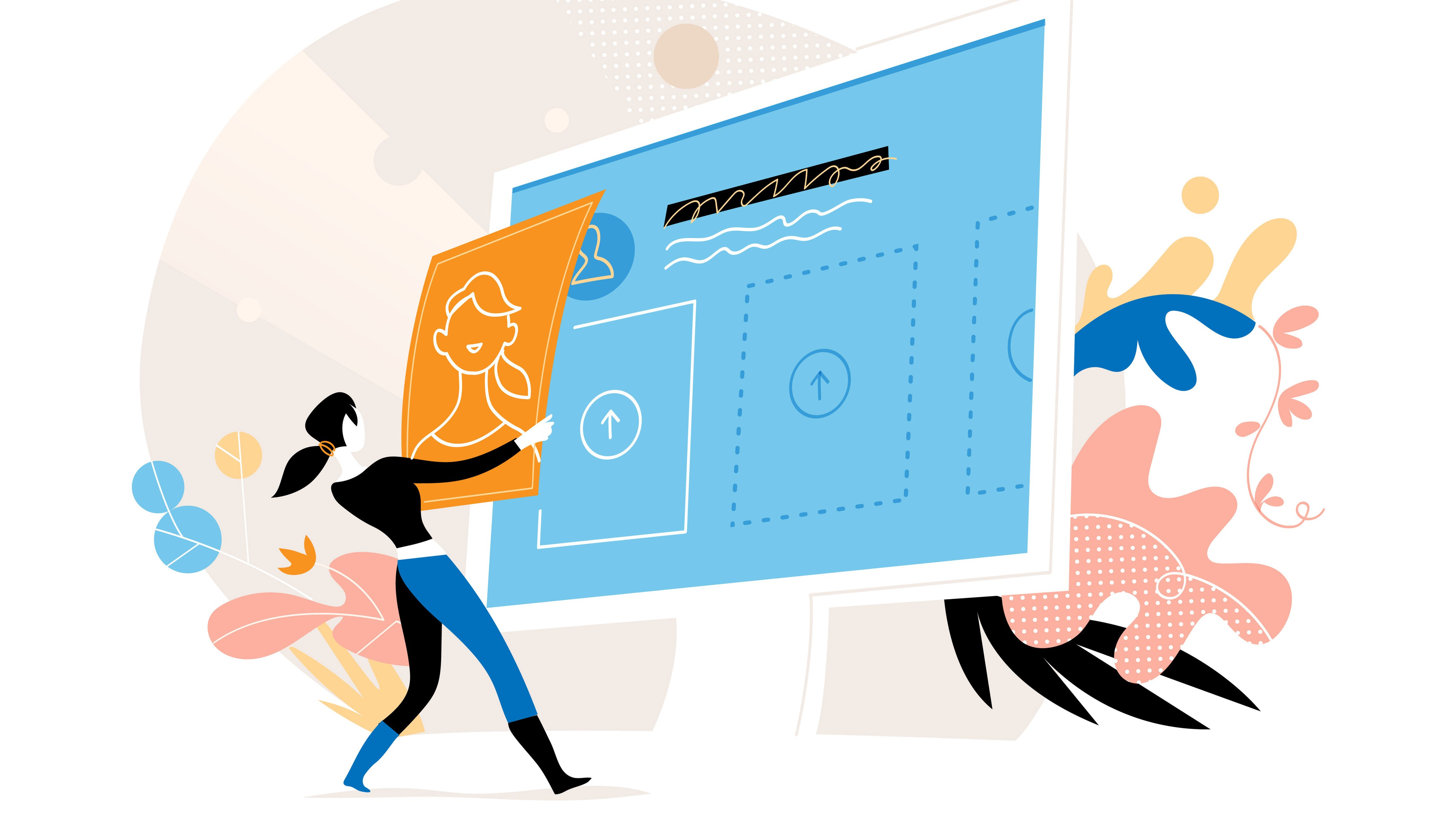
As an event professional, understanding your audience is key to creating engaging and meaningful experiences. One of the most effective ways to gain a deeper understanding of your audience is through the development of audience personas. These personas can provide a comprehensive picture of who your attendees are, what they value, and how they engage with your event content. Let's delve into how to create an audience persona and how you can leverage this information to boost your event marketing strategy.
What is an Audience Persona?
An audience persona is a semi-fictional representation of your ideal attendee. It's based on market research and real data about existing attendees. A well-developed persona can provide insights into attendee demographics, professional background, goals, challenges, content preferences, and communication habits.
How to Develop an Audience Persona
-
Start with Research: Use surveys, feedback forms, and social media analytics to gather data about your audience. Who are they? What do they do professionally? What are their key interests and motivations?
-
Identify Commonalities: Look for trends and common characteristics in the data you've collected. These could be professional challenges, content preferences, or reasons for attending your event.
-
Develop Multiple Personas: Not all attendees will fit into one persona. It's normal to have multiple personas for different segments of your audience.
-
Give Each Persona a Name: This makes them more relatable and helps keep the persona distinct and memorable.
Best Practices for Creating Personas
-
Make It Specific: Vague or generalized personas are not as effective. The more specific the persona, the better you can cater to their needs.
-
Base It on Real Data: Use actual data from your audience to ensure your personas are accurate and useful.
-
Keep It Updated: As your event and audience evolve, so should your personas. Regularly update them to reflect any changes or new insights.
Utilizing Personas in Event Marketing
Personalized Content: Use personas to tailor content that resonates with each segment of your audience. If one persona prefers video content while another prefers in-depth articles, create content in both formats to satisfy their preferences.
Targeted Communication: Understanding each persona's preferred communication channels allows you to reach them effectively. If one persona is more likely to engage with emails and another with social media, split your communication efforts accordingly.
Improved Event Experience: Understanding your audience's pain points and professional goals can help you design an event that addresses their needs and exceeds their expectations. For instance, if a common challenge amongst attendees is networking, consider implementing networking sessions or activities into your event program.
Event Promotion: Use personas to identify the best channels and methods to promote your event. If your personas are active on LinkedIn, focus your promotional efforts there. If they regularly read industry blogs, consider guest posting or banner ads.
Audience personas are a powerful tool in event marketing. They can help you understand your audience on a deeper level, enabling you to create personalized experiences, targeted content, and effective communication strategies. By continuously refining and updating your personas, you can ensure your events remain relevant and valuable to your attendees, ensuring a higher level of engagement and satisfaction.
Audience Persona Template for Event Marketers
-
Persona Name: (Create a name that you will use to refer to this persona)
-
Demographic Information:
-
Age Range:
-
Gender:
-
Location:
-
Education Level:
-
Occupation:
-
-
Professional Information:
-
Job Title/Role:
-
Industry:
-
Key Responsibilities:
-
Skills and Knowledge:
-
-
Event-Specific Information:
-
Reason for Attending the Event:
-
Preferred Type of Events (Conferences, Trade shows, Networking events, etc.)
-
Preferred Event Formats (In-person, Virtual, Hybrid):
-
-
Goals and Challenges:
-
Professional Goals:
-
Challenges/Obstacles in Achieving These Goals:
-
-
Content Preferences:
-
Preferred Types of Content (Blogs, Videos, Podcasts, Webinars, etc.)
-
Preferred Content Themes/Topics:
-
Preferred Platforms to Access Content:
-
-
Communication Preferences:
-
Preferred Communication Channels (Email, Social Media, Phone, etc.)
-
Frequency of Communication:
-
-
Pain Points:
-
What are their major pain points in relation to your event or industry?
-
How can your event help address these pain points?
-
Remember, a persona is a semi-fictional representation of your ideal attendee. The more detailed it is, the better you can understand their needs and cater your event planning and content strategy accordingly. Also, you may have multiple audience personas depending on the diversity of your audience.





